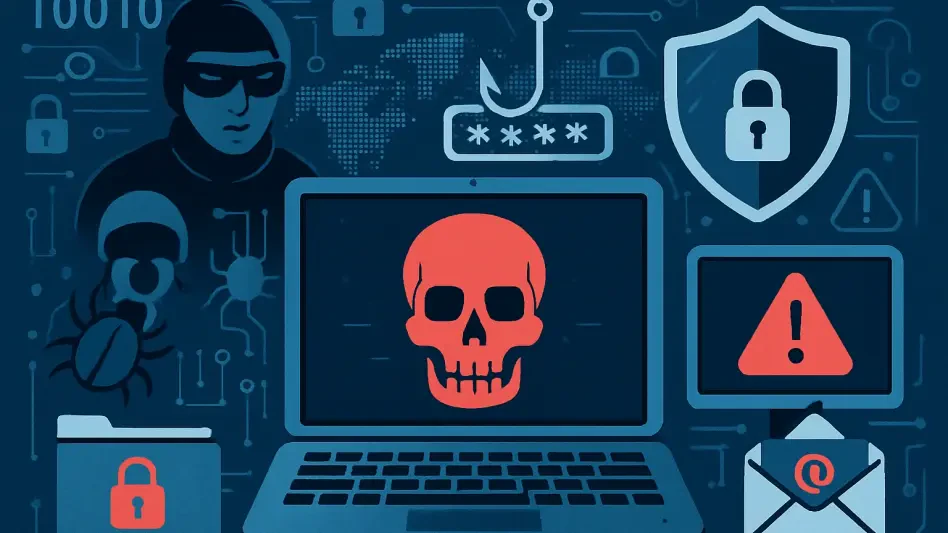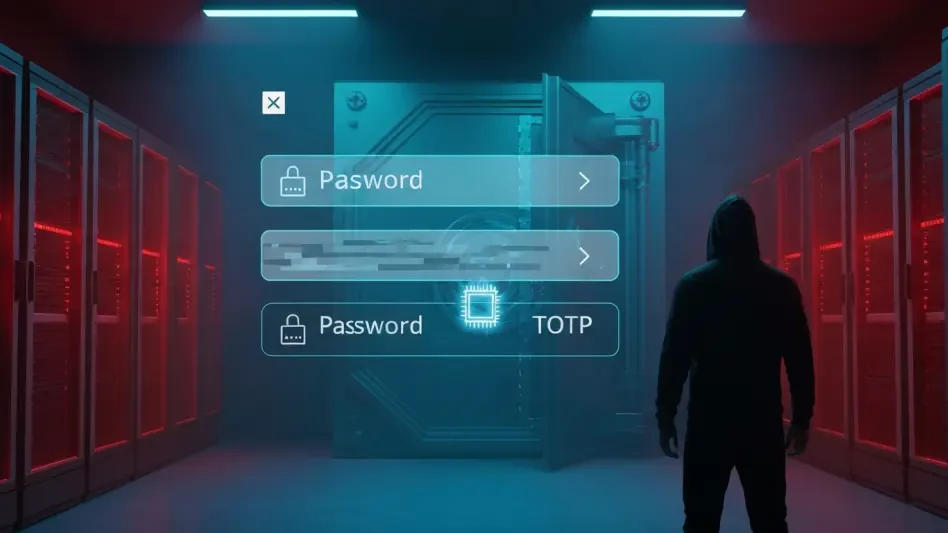In an era where digital connectivity underpins nearly every aspect of daily life, the specter of cybercrime looms larger than ever, with a single individual capable of wreaking havoc on a global scale. A chilling case from Rotherham, England, has brought this reality into sharp focus, as a 26-year-old man, Al-Tahery Al-Mashriky, was recently convicted for orchestrating a series of sophisticated hacking campaigns that compromised the personal data of millions. Sentenced to 20 months in prison at Sheffield Crown Court after pleading guilty to multiple offenses under the Computer Misuse Act, his actions exposed critical vulnerabilities in systems worldwide. This case not only underscores the devastating potential of cyber threats but also highlights the relentless efforts of law enforcement to track down and prosecute those who exploit technology for malicious ends. As digital forensics played a pivotal role in uncovering the breadth of his crimes, the story raises urgent questions about the security of personal information in an increasingly interconnected world.
Uncovering the Scale of a Digital Onslaught
The investigation into Al-Mashriky’s activities revealed a staggering scope of unauthorized access that spanned continents and sectors. Forensic analysis of his devices, conducted by the National Crime Agency (NCA), unearthed personal data belonging to over 4 million Facebook users, a trove that could easily fuel identity theft on an unprecedented scale. Alongside this, vast collections of usernames and passwords for popular platforms like Netflix and PayPal were discovered, posing immediate risks of financial fraud for countless individuals. The sheer volume of compromised data paints a grim picture of the potential fallout, as victims remain unaware of the exposure until fraudulent activities surface. What’s particularly alarming is the indiscriminate nature of these breaches, affecting not just private citizens but also critical infrastructure and organizations. This case serves as a stark reminder of how a single cybercriminal can amass a digital arsenal capable of inflicting widespread harm, exploiting the trust users place in online systems.
Beyond the numbers, the range of targets in Al-Mashriky’s crosshairs illustrates the calculated and far-reaching ambition of his attacks. Government entities, such as the Yemen Ministry of Foreign Affairs and the California State Water Board, were among the victims, alongside media outlets like Israeli Live News and various faith-based websites across North America. This diversity suggests a motive that transcends mere financial gain, potentially driven by ideological goals or a desire to disrupt key societal pillars. Each breach risked not only data theft but also the integrity of public services and information channels, amplifying the stakes of his actions. The ability to penetrate such varied systems points to a deep understanding of digital vulnerabilities, likely honed over years of illicit practice. As investigators pieced together the extent of these intrusions, it became evident that the impact of such crimes extends far beyond individual loss, threatening the stability of institutions that millions rely upon daily.
Decoding the Methods Behind the Breaches
Delving into the technical prowess of Al-Mashriky’s operations, it’s clear that his success hinged on a systematic and highly automated approach to hacking. By deploying advanced scanning tools, he meticulously probed systems for weaknesses, identifying gaps in security that could be exploited with alarming efficiency. Once vulnerabilities were found, administrative credentials were harvested, granting him unfettered access to sensitive environments. This methodical process allowed for rapid scaling of attacks across multiple platforms and entities, maximizing the damage in minimal time. Such automation underscores a troubling trend in cybercrime, where tools once reserved for elite hackers are now accessible to a broader pool of malicious actors. The ease with which these breaches were executed serves as a wake-up call for organizations to bolster their defenses against increasingly sophisticated threats lurking in the digital shadows.
After gaining entry, Al-Mashriky ensured his presence lingered by installing persistent backdoors into compromised systems, a tactic that guaranteed continued access even if initial breaches were detected. This allowed for ongoing data extraction and potential manipulation, further deepening the harm inflicted on targeted entities. The use of such techniques highlights a chilling reality: a single intrusion is rarely the endgame, as cybercriminals often embed mechanisms to sustain their control over time. For the affected organizations, this meant not only addressing the immediate breach but also undertaking exhaustive efforts to root out hidden access points. The complexity of these methods demonstrates why digital forensics has become an indispensable tool for law enforcement, requiring specialized expertise to trace and dismantle the intricate web of malicious activity. As technology evolves, so too must the strategies to combat those who wield it as a weapon against unsuspecting victims.
Lessons Learned and Future Safeguards
Reflecting on the aftermath of Al-Mashriky’s conviction, the case exposed glaring gaps in cybersecurity that allowed millions of accounts to be compromised over an extended period. The National Crime Agency’s relentless pursuit, culminating in his arrest several years ago, showcased the importance of international cooperation and cutting-edge investigative techniques in bringing such offenders to justice. Digital forensics proved instrumental in mapping the full extent of the damage, from stolen user data to infiltrated government systems, providing undeniable evidence for prosecution. The successful outcome of this operation sent a clear message that cybercriminals cannot operate with impunity, no matter how sophisticated their methods. Yet, the scale of the breaches served as a sobering reminder of the vulnerabilities that persist in even the most critical digital infrastructures, urging a reevaluation of protective measures across all sectors.
Looking ahead, this incident compels organizations and individuals alike to prioritize robust cybersecurity frameworks to prevent similar catastrophes. Strengthening password protocols, implementing multi-factor authentication, and regularly updating security software are essential steps to fortify defenses against automated scanning tools and backdoor exploits. Beyond technical solutions, fostering a culture of vigilance—where users are educated about phishing risks and data protection—can significantly reduce exposure to threats. Governments and private entities must also invest in advanced threat detection systems and collaborate on global cybersecurity initiatives to stay ahead of evolving tactics. While Al-Mashriky’s sentencing marked a victory for law enforcement, the battle against cybercrime is far from over. Proactive measures and continuous innovation in digital security remain the most effective ways to safeguard the integrity of personal and institutional data in an ever-connected landscape.








